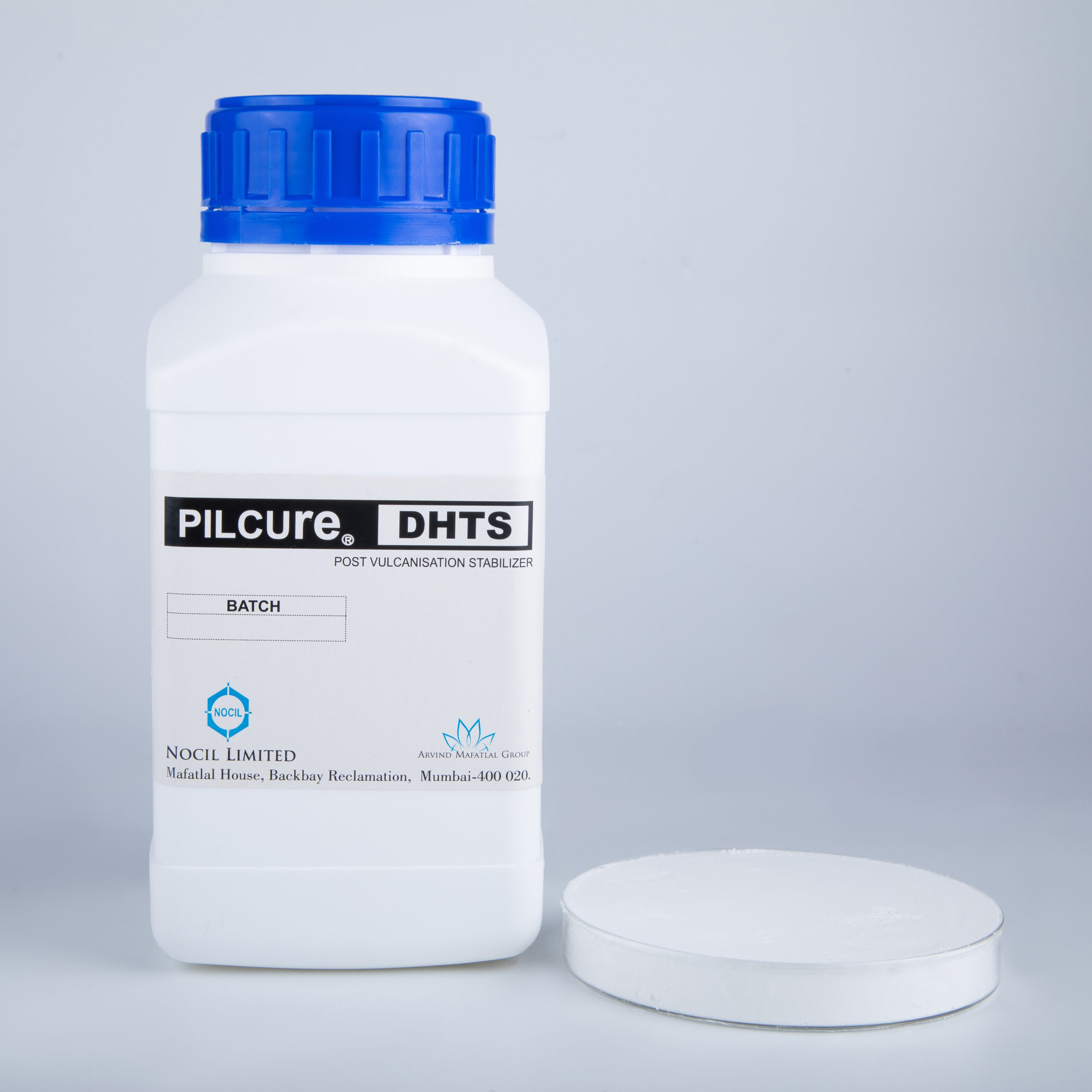
PILCURE DHTS
PILCURE DHTS

- Pilcure DHTS is used as reversion resistant chemical for unsaturated diene rubber
- Pilcure DHTS significantly improves the flex-fatigue life of conventional and Semi EV cured rubber vulcanizate.
- Pilcure DHTS finds application mainly in high temperature and extended time cure cycle.
- Pilcure DHTS improves the visco-elastic dynamic properties of tyre compounds.




